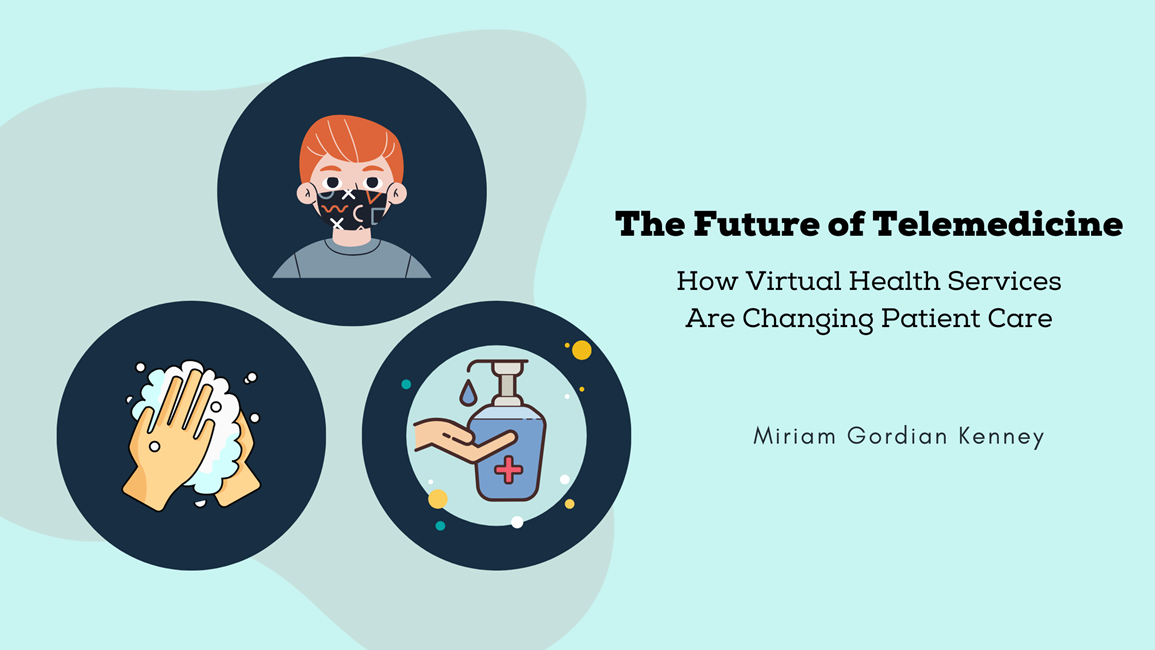In recent years, telemedicine has emerged as a game-changer in the field of healthcare. With the advancement of technology, patients can now receive medical care remotely, eliminating the need for in-person visits to the doctor’s office. Telemedicine has not only made healthcare more accessible and convenient but has also revolutionized the way patients receive care.
Convenience and Accessibility
One of the primary benefits of telemedicine is the convenience it offers to patients. With telemedicine, patients can consult with their healthcare providers from the comfort of their own homes, saving them time and effort. This is especially beneficial for individuals with mobility issues or those living in remote areas with limited access to healthcare services.
Additionally, telemedicine has increased the accessibility of healthcare for patients. People who may have difficulty visiting a doctor due to various reasons such as work schedules, transportation issues, or childcare responsibilities, can now easily connect with their healthcare providers through telemedicine. This has led to a significant increase in the number of patients seeking medical care, ultimately improving overall health outcomes.
Quality of Care
Contrary to popular belief, telemedicine does not compromise the quality of care patients receive. In fact, many studies have shown that telemedicine can be just as effective as in-person visits for certain medical conditions. Through telemedicine, healthcare providers can conduct virtual consultations, diagnose illnesses, prescribe medications, and even provide follow-up care to patients. This technology has enabled patients to receive timely treatment and management of their conditions, ultimately improving their health and well-being.
Cost-Effectiveness
Another significant advantage of telemedicine is its cost-effectiveness. By eliminating the need for in-person visits, telemedicine reduces healthcare costs for both patients and providers. Patients can save money on transportation, parking, and other expenses associated with visiting a doctor’s office. Healthcare providers can also save on overhead costs, such as office space and administrative staff, by offering telemedicine services. This cost-saving technology has made healthcare more affordable and accessible to a broader population.
Challenges and Opportunities
While the adoption of telemedicine has been largely positive, it is not without its challenges. One of the primary concerns surrounding telemedicine is the issue of patient privacy and data security. Healthcare providers must ensure that patient information is kept confidential and secure when using telemedicine platforms. Additionally, there may be regulatory and licensure hurdles that need to be addressed to ensure the safe and effective delivery of telemedicine services.
Despite these challenges, telemedicine presents numerous opportunities for improving patient care. The integration of telemedicine technology into healthcare systems can lead to more efficient and personalized care for patients. Telemedicine can also help alleviate the burden on healthcare systems by reducing wait times for appointments and emergency room visits. Overall, telemedicine is revolutionizing patient care and has the potential to significantly impact the healthcare industry in the future.
The Future of Telemedicine
As technology continues to advance, the future of telemedicine looks promising. With innovations such as virtual reality, artificial intelligence, and remote monitoring devices, telemedicine is poised to become even more integrated into healthcare systems. Patients can expect to receive more personalized and timely care through telemedicine, ultimately improving their health outcomes and overall well-being.
In conclusion, telemedicine is changing the way patients receive care by providing convenient, accessible, and cost-effective healthcare services. While there are challenges to overcome, the benefits of telemedicine far outweigh the drawbacks. As telemedicine continues to evolve, patients can look forward to a future where quality healthcare is just a click away.
